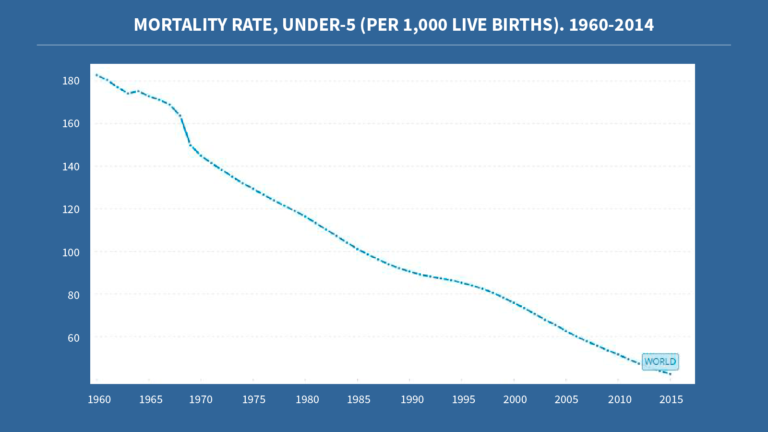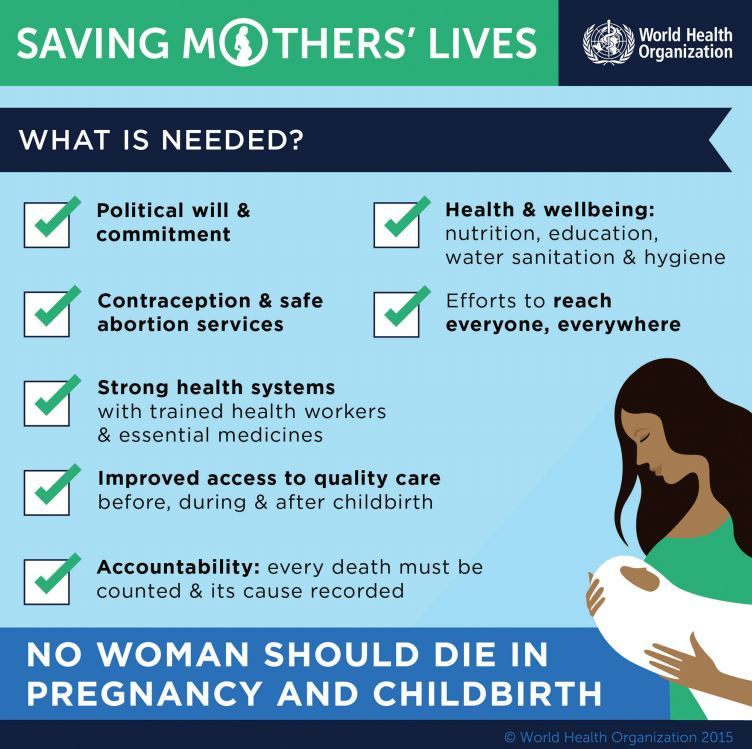Home / Nature & Environment / Climate Change / Achieving Sustainable Development / Challenges to reproductive, maternal and child health

Reach your personal and professional goals
Unlock access to hundreds of expert online courses and degrees from top universities and educators to gain accredited qualifications and professional CV-building certificates.
Join over 18 million learners to launch, switch or build upon your career, all at your own pace, across a wide range of topic areas.


 Accessed from
Accessed from  World Health Organization, 2015
World Health Organization, 2015






